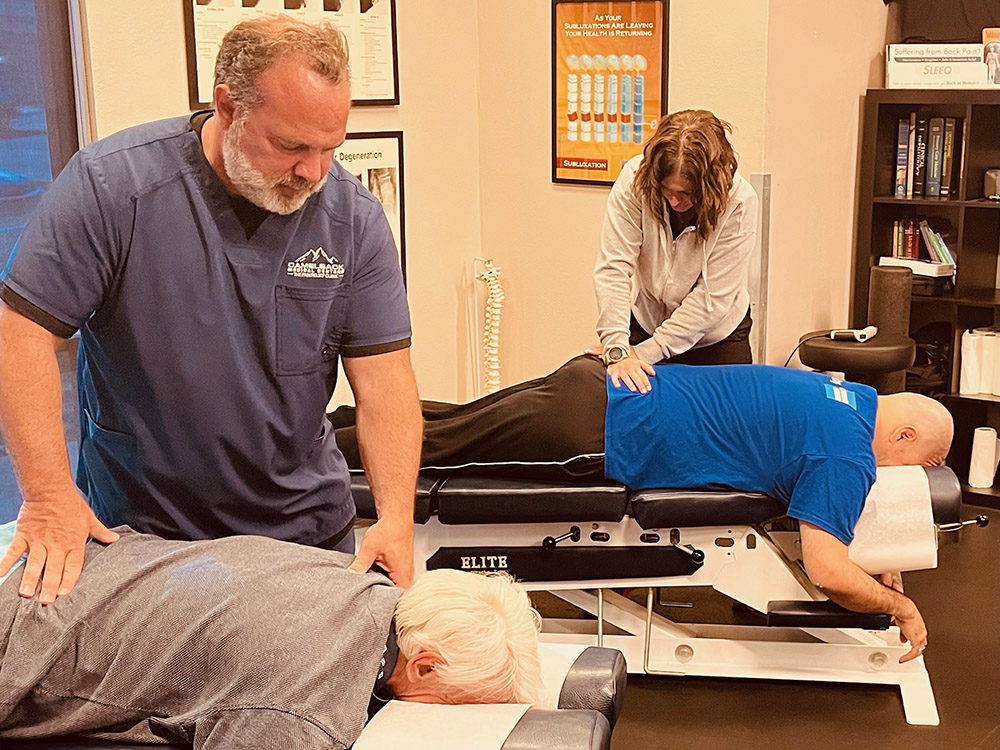Unlock the Power of Modern Acupuncture for Effective Sciatica Treatment

Sciatica is a painful condition that affects the sciatic nerve, which is the largest nerve in the human body. It typically causes pain, numbness, and tingling sensations that radiate from the lower back to the buttocks and down the legs. This condition can be debilitating and significantly impact a person's quality of life. While there are various treatment options available, modern acupuncture has emerged as an effective alternative for sciatica treatment.
Acupuncture is an ancient Chinese healing technique that involves inserting thin needles into specific points on the body. It is based on the concept of Qi (pronounced "chee"), which is the vital energy that flows through the body's meridians. According to traditional Chinese medicine, an imbalance or blockage in the flow of Qi can lead to pain and illness. Acupuncture aims to restore the balance of Qi and promote the body's natural healing abilities.
Modern acupuncture builds upon the principles of traditional Chinese medicine while incorporating scientific advancements. It is supported by rigorous research and has gained recognition as a safe and effective treatment for various conditions, including sciatica. By targeting specific points along the sciatic nerve pathway, acupuncture can help alleviate pain and promote healing.
One of the key benefits of modern acupuncture for sciatica treatment is its ability to stimulate the release of endorphins, which are the body's natural painkillers. The insertion of needles triggers the production and release of endorphins, which can help reduce pain and promote a sense of well-being. Additionally, acupuncture has been found to have anti-inflammatory effects, which can be beneficial for reducing inflammation around the sciatic nerve.
Another advantage of modern acupuncture is its ability to improve blood circulation. By stimulating specific acupuncture points, blood flow to the affected area can be increased, which helps deliver oxygen and nutrients essential for healing. Improved blood circulation also helps flush out toxins and reduce inflammation, further aiding in the recovery process.
Modern acupuncture for sciatica treatment is not a one-size-fits-all approach. Each treatment is tailored to the individual's specific needs and symptoms. A skilled acupuncturist will conduct a thorough assessment to identify the underlying causes of sciatica and develop a personalized treatment plan. This may involve a combination of acupuncture, herbal medicine, lifestyle modifications, and other complementary therapies.
In addition to providing immediate pain relief, modern acupuncture can also address the root cause of sciatica. It focuses on treating the whole person, not just the symptoms, and aims to restore balance and harmony in the body. By targeting the underlying imbalances causing sciatica, acupuncture can help prevent future flare-ups and promote long-term healing.
It's important to note that modern acupuncture is generally considered safe when performed by a qualified and licensed practitioner. The needles used are thin and sterile, reducing the risk of infection or injury. However, it's crucial to consult with a healthcare professional before undergoing acupuncture, especially if you have any underlying health conditions or are taking medications.
In conclusion, modern acupuncture offers a powerful and effective treatment option for sciatica. By stimulating specific points along the sciatic nerve pathway, acupuncture can help alleviate pain, reduce inflammation, improve blood circulation, and promote long-term healing. If you're struggling with sciatica, consider unlocking the power of modern acupuncture and consult with a qualified acupuncturist to develop a personalized treatment plan.
Leave a Reply